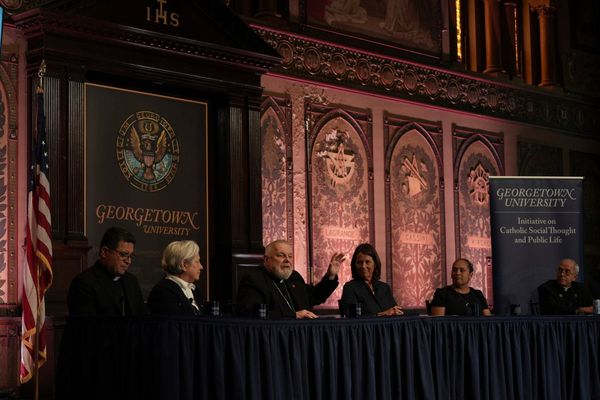
US inflation continued to slow in December, adding to evidence that price pressures have peaked and putting the Federal Reserve on track to slow the pace of interest-rate increases.
The overall Consumer Price Index fell 0.1% from the prior month, with cheaper energy costs fuelling the first decline in two and a half years, according to a Labor Department report on Thursday. The CPI was up 6.5% from a year earlier, the lowest annual gain since October 2021.
Excluding food and energy, core CPI rose 0.3% last month and was up 5.7% from a year earlier, the slowest pace since December 2021.
The data, when paired the lower-than-expected readings from November, point to more consistent signs that inflation is easing and may pave the way for the Fed to downshift to a quarter-point rate hike at its next meeting ending Feb 1. That said, the central bank’s work is far from over.
Resilient consumer demand, particularly for services, paired with a tight labour market threaten to keep upward pressure on prices.
The Fed is expected to raise interest rates further before pausing to assess how the most aggressive tightening cycle in decades is affecting the economy. Policymakers have emphasised the need to keep rates high for quite some time and cautioned against underestimating their will to do so.
Investors are still betting that the central bank will cut rates by the end of this year, despite officials saying otherwise.
Shortly after Thursday’s report was released, Philadelphia Fed president Patrick Harker said the central bank should raise interest rates in quarter-point increments “going forward” as it approaches the end point in its current campaign.
While it is broadly expected that annual price growth will slow substantially this year, a lot of uncertainty remains as to how far inflation may fall and whether the Fed’s rapid rate increases ultimately tip the US into recession.
The inflation trajectory will be determined in several crucial areas. Some are domestic — the job and housing markets — and others are global, including supply chains and geopolitical tensions.
The Fed will also have December data on its preferred inflation gauge, the personal consumption expenditures price index, in hand before its decision next month. Central bankers anticipate that measure to moderate considerably this year, but won’t near its 2% goal until 2025.







